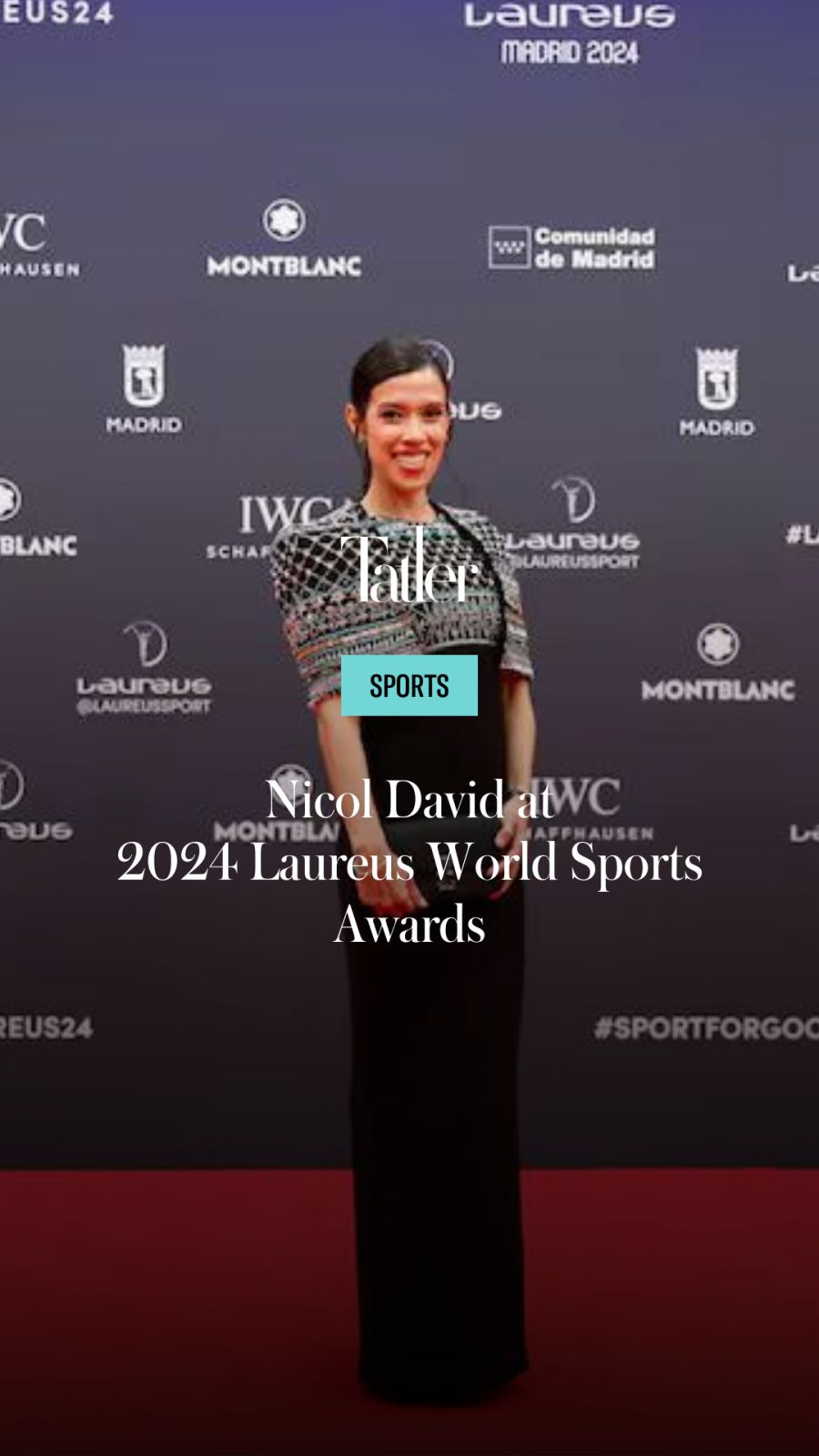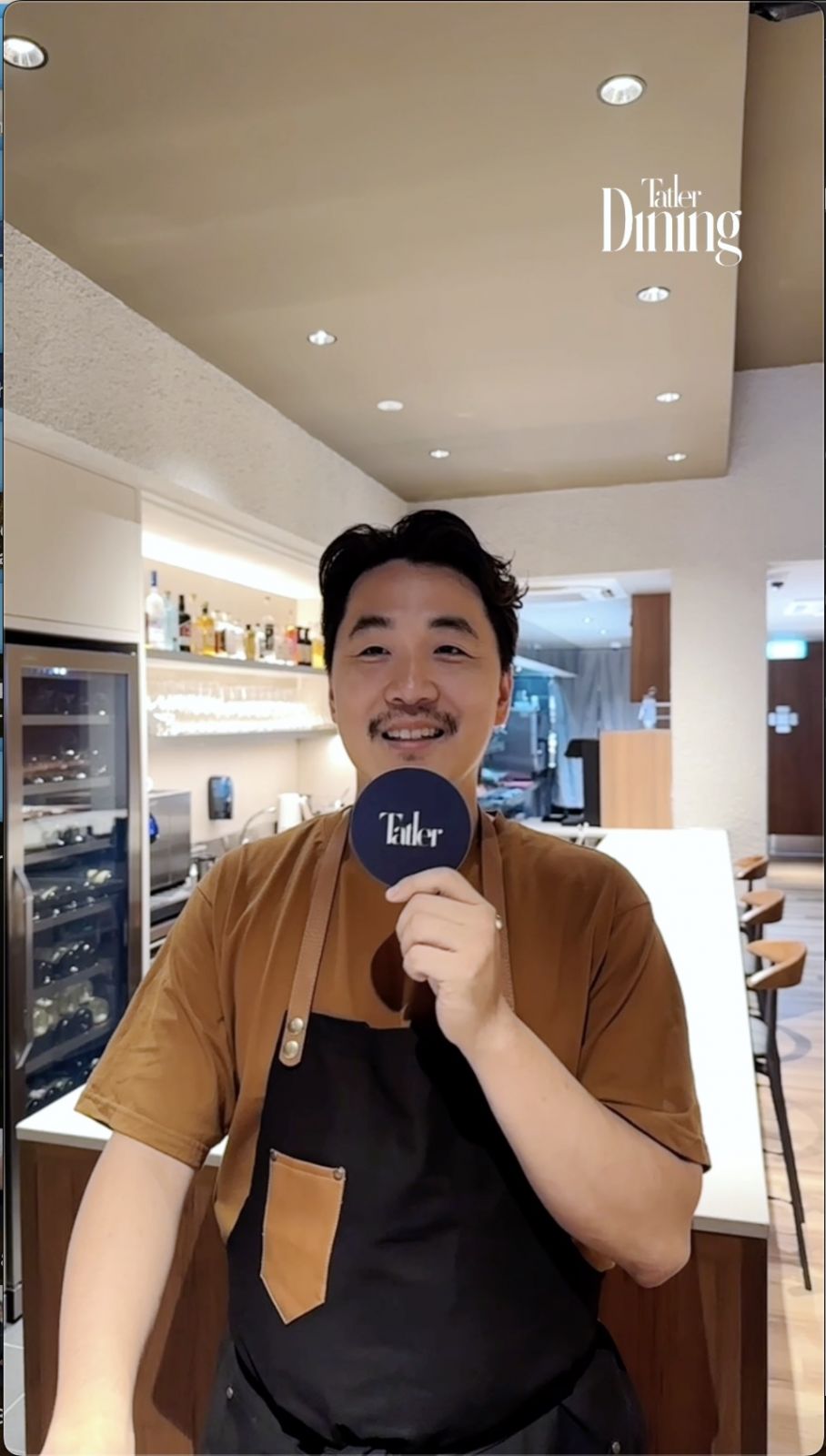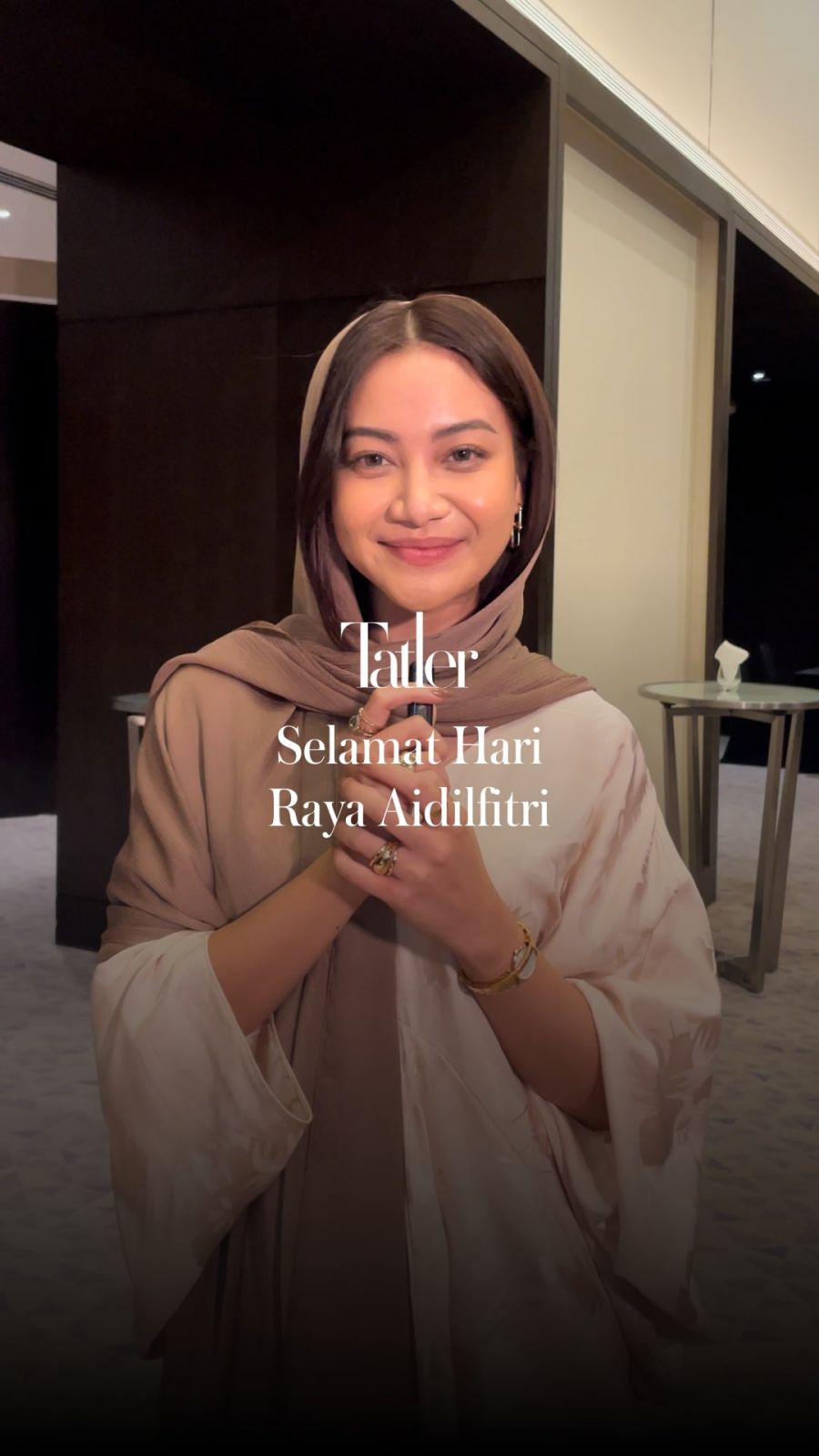Patrick Lee, ESG communications consultant gives a masterclass in distilling complex ideas into compelling stories
“People don't resonate with icebergs melting; they connect with the fisherman whose livelihood is at risk because of a polluted river,” says Patrick Lee, founder and content director of The Bridge of Asia, an ESG communications consultancy.
With a career that began in journalism, Lee's work has solidified his reputation as someone who can distil nuanced topics into accessible narratives. After starting as a tech journalist in 2009, Lee carved out his space in Malaysian media, working with publications like Mobile World Magazine, Free Malaysia Today, and The Star. Later, he did a tenure with Agence France-Presse (AFP) and yet, despite his success in mainstream media, something felt amiss.
Read more: Professor Sadruddin Saidfudin of Planters International on the true impact of environmentalism
As Lee explains, “Journalism was my first love, but I realised that I wanted to go beyond reporting. I wanted to drive change through storytelling.” This realisation fueled his transition into ESG communications—a field that combines his storytelling expertise with his passion for environmental and social issues.


Founded by Lee and his business partner, The Bridge of Asia is a consultancy focusing on ESG communications and as the content director, Lee is driven by a desire to create meaningful narratives that cut through the noise. “ESG isn’t just a corporate buzzword; it’s about making the world a better place,” he explains.
Through his work, he hopes to shift the corporate mindset from profit to purpose, helping businesses see that their actions have tangible impacts on people and the planet. “There’s a unique challenge in telling ESG stories. It’s like trying to make people care about melting icebergs without ever having seen one,” Lee laughs. But it’s a challenge he tackles head-on.
See also: Climate change and its relationship with El Niño and La Niña
“The world is a big place,” Lee muses. “There are many stories inside it. I want to listen to many of those great stories out there and tell other people about them.”
Drawing from his journey and expertise, Lee shares compelling strategies for crafting ESG stories that captivate, resonate, and drive awareness and action. “Everyone has a story to tell,” he says, “and my mission is to find that story and tell it in a way that people actually want to read.”













